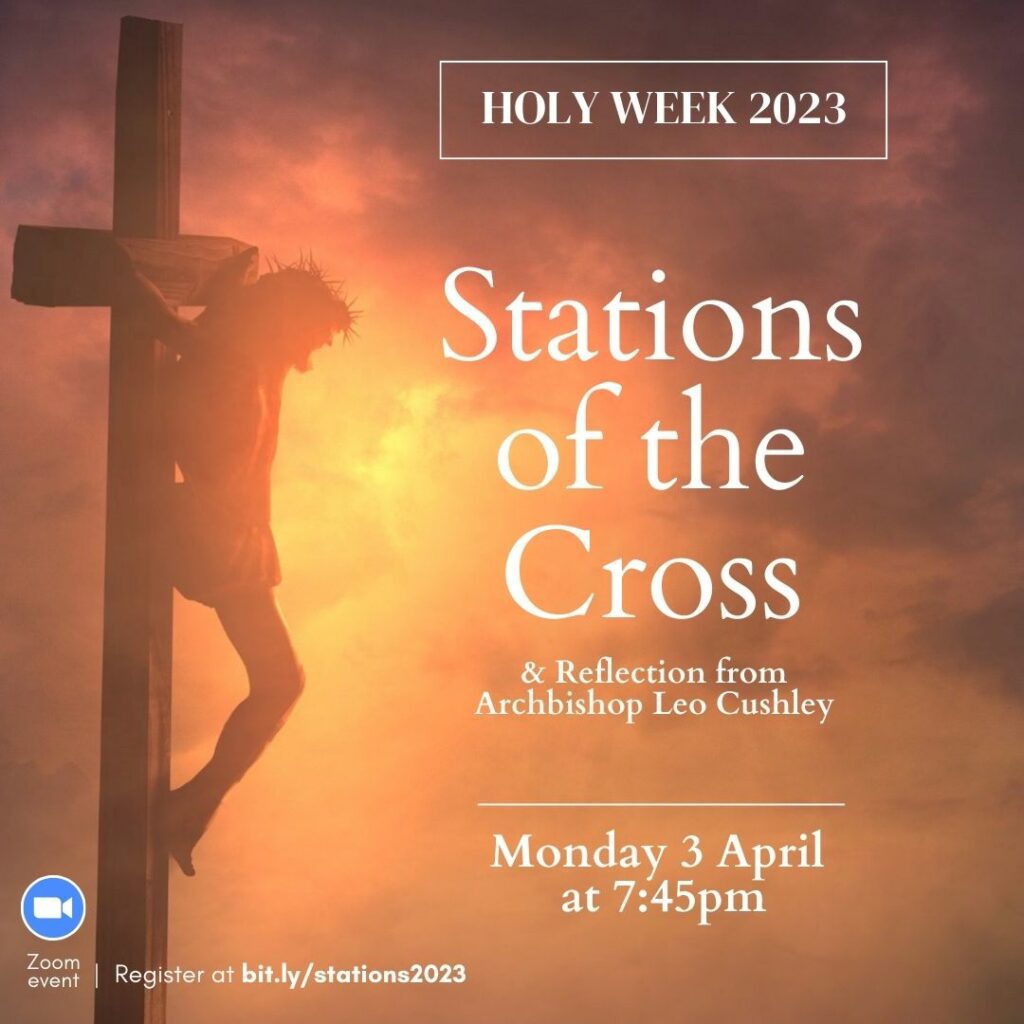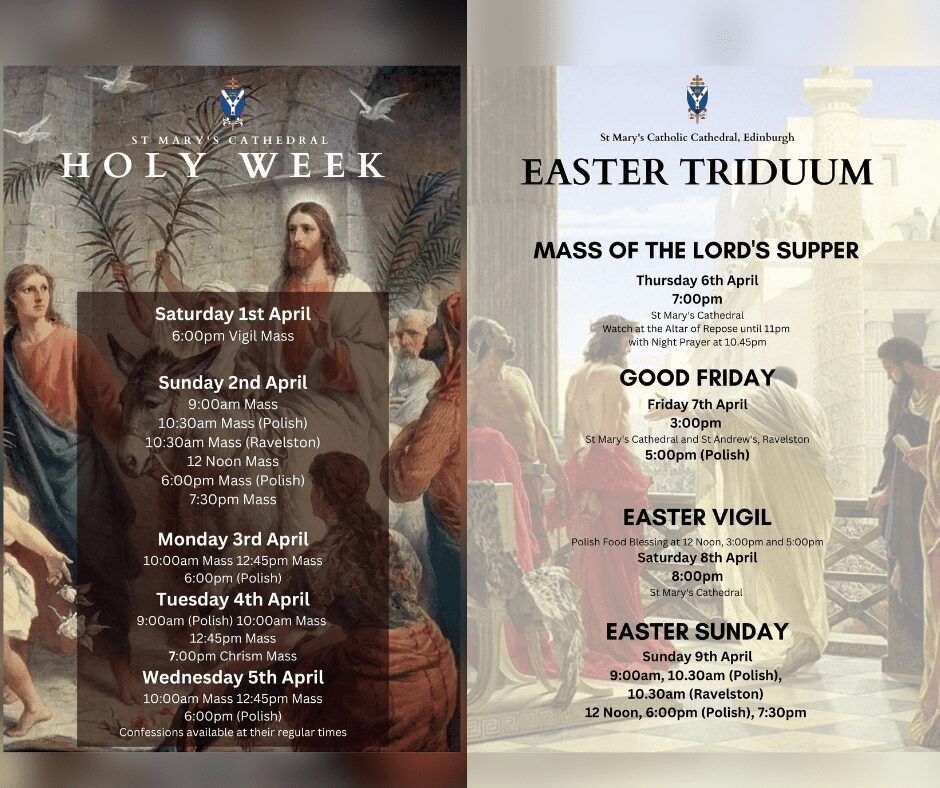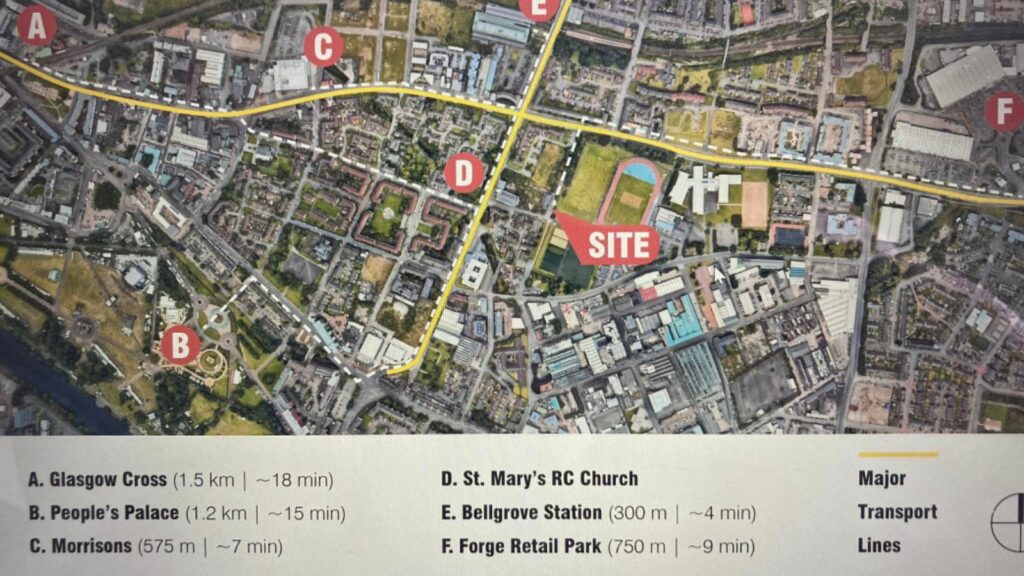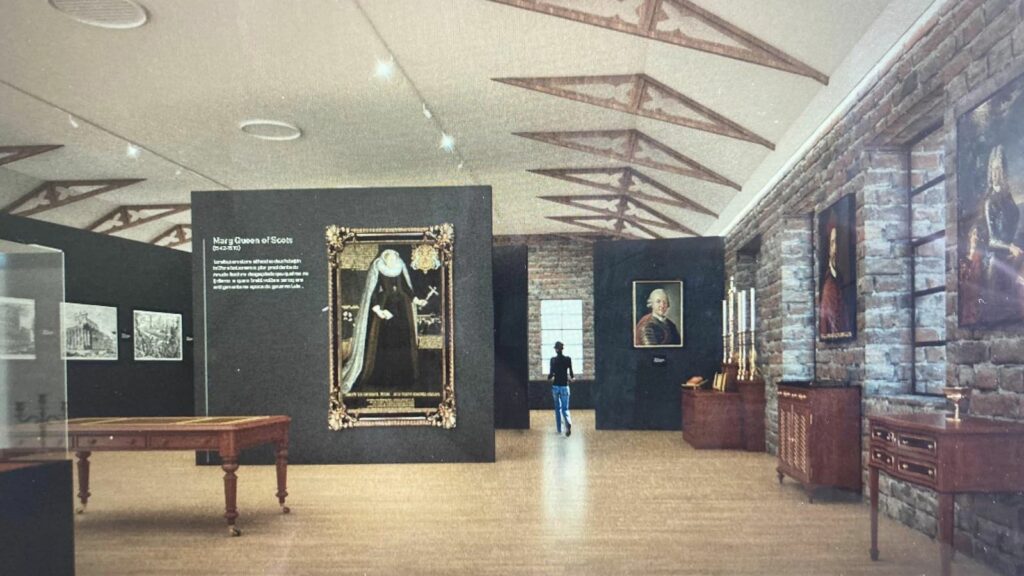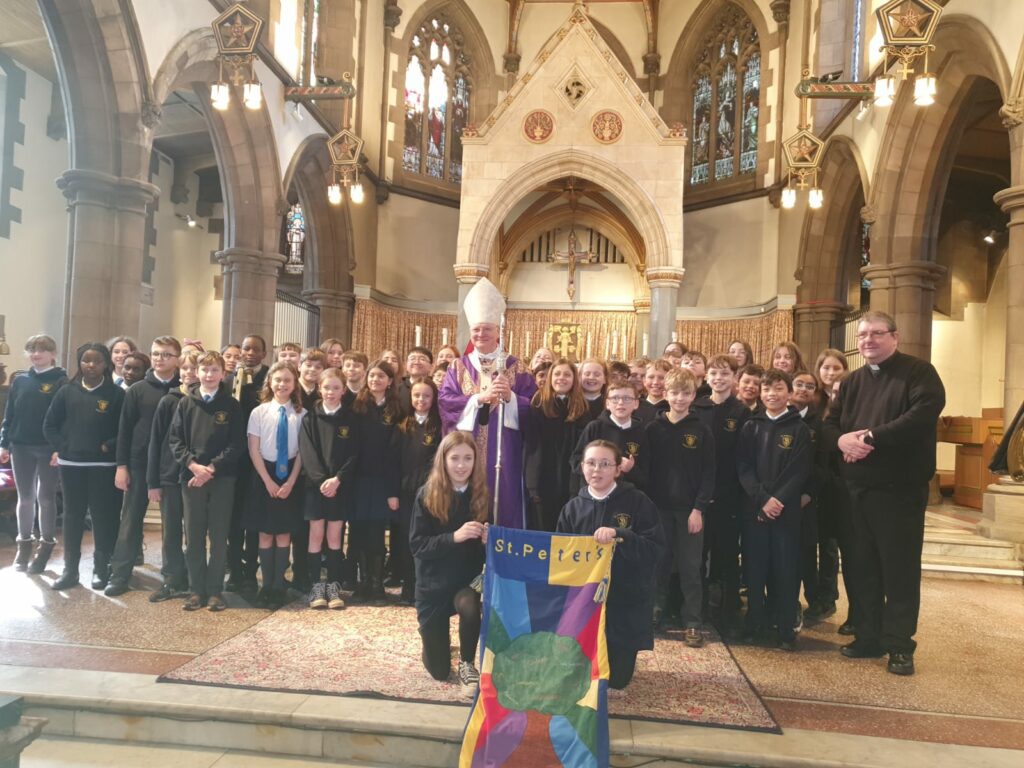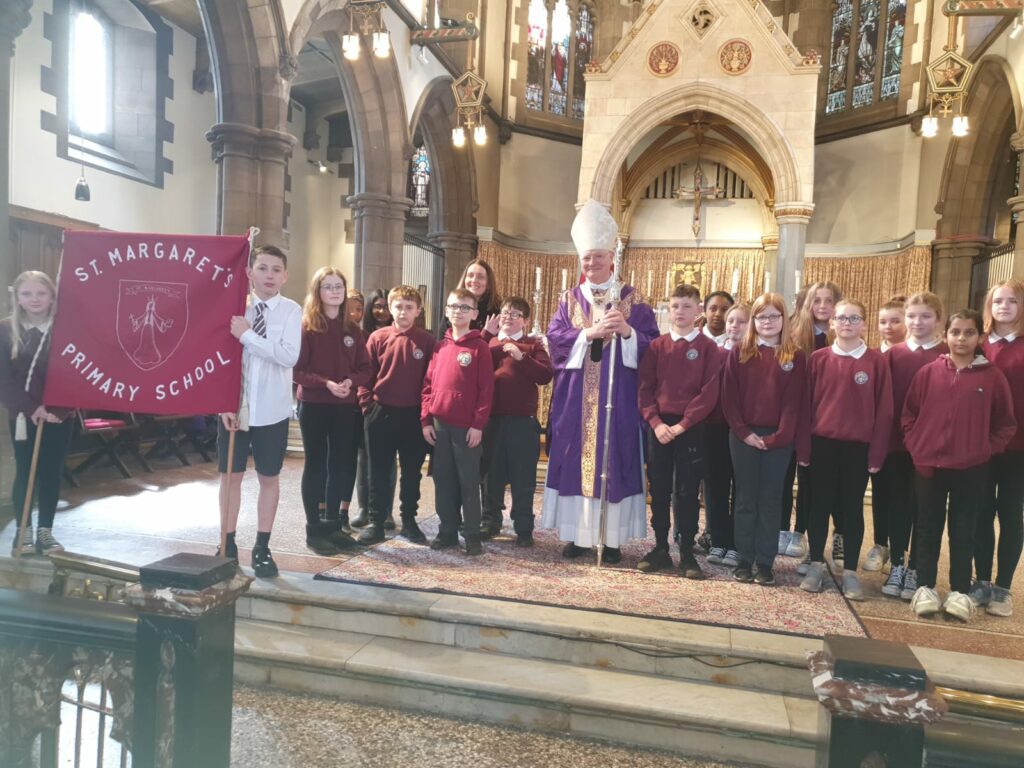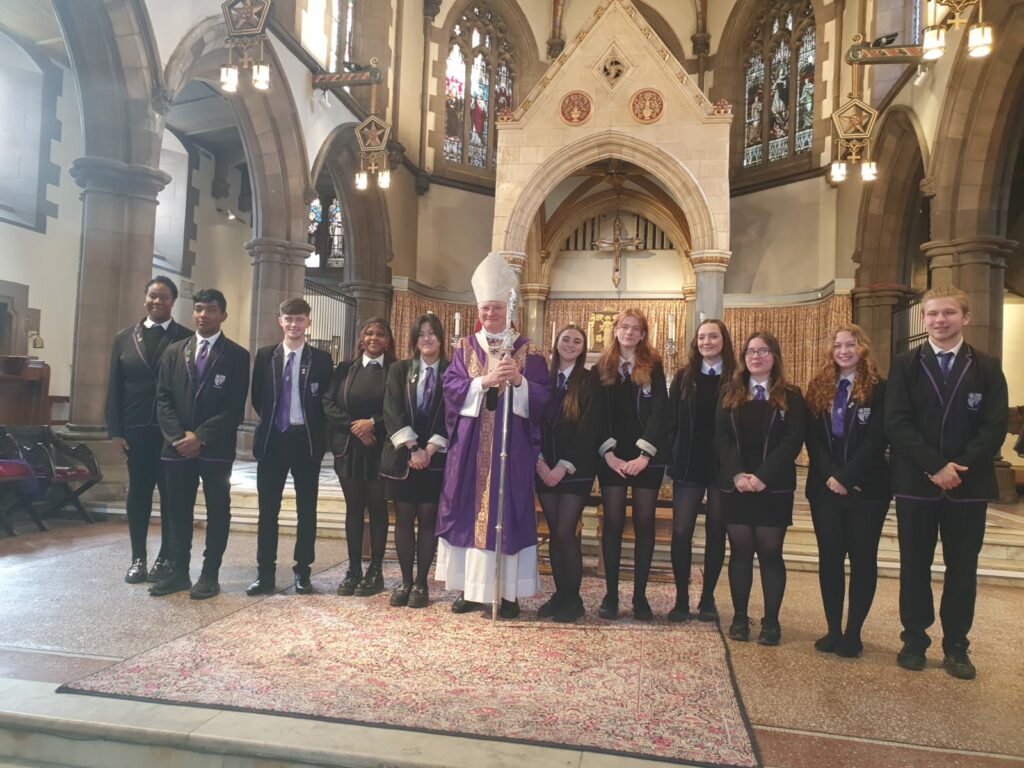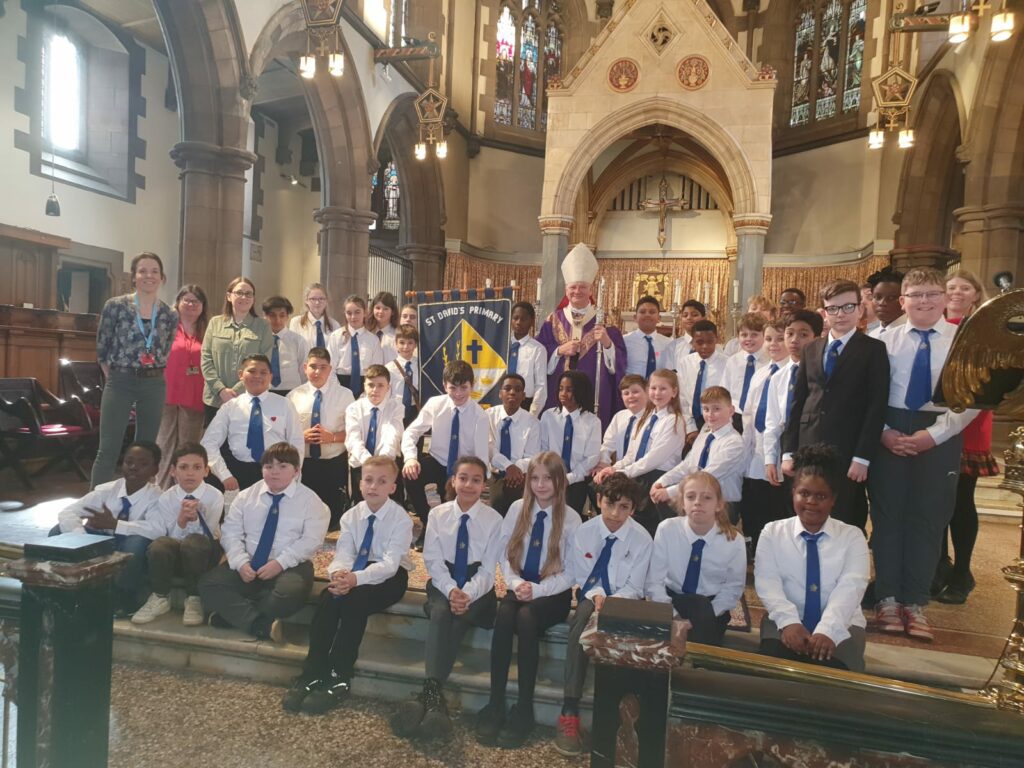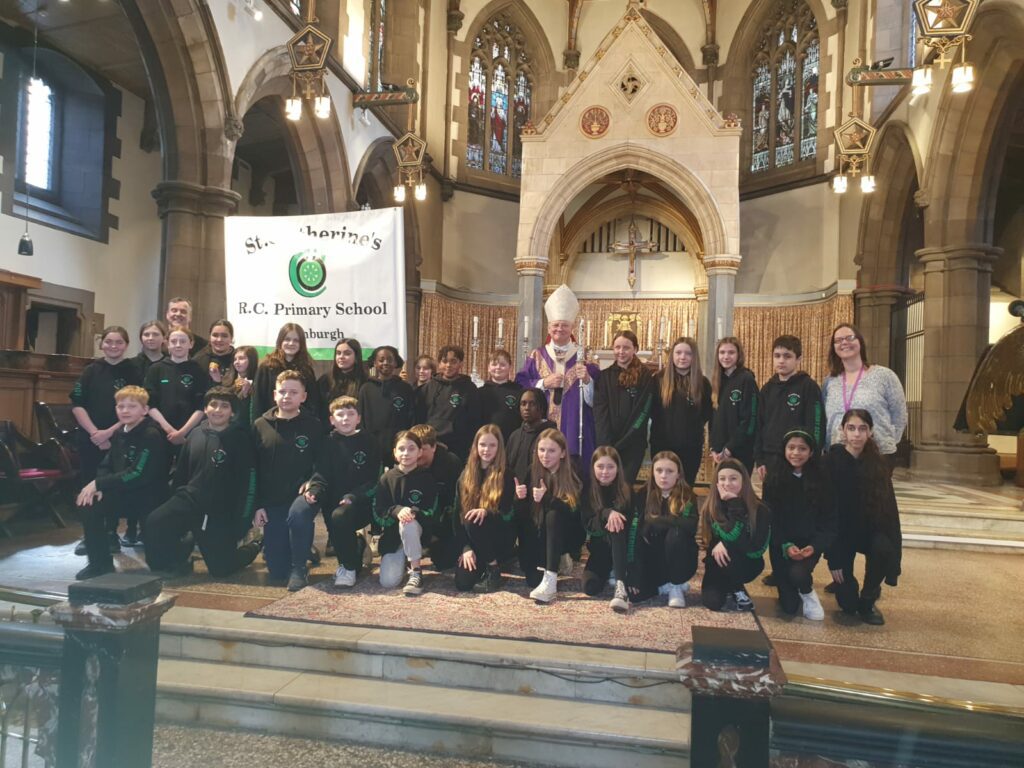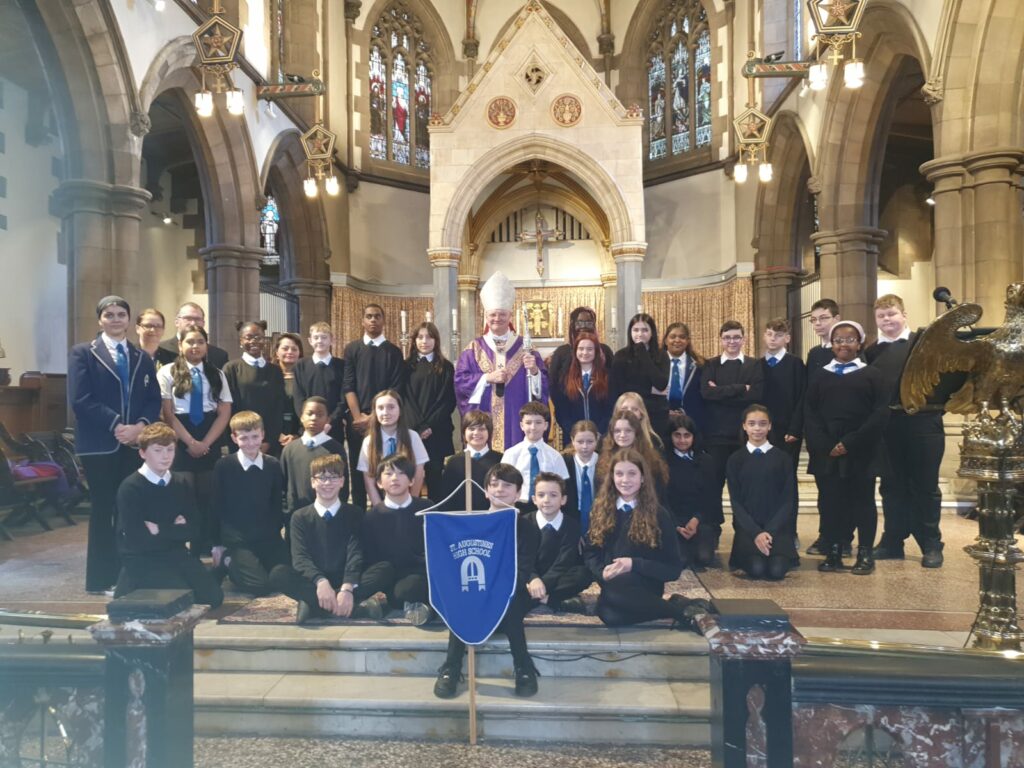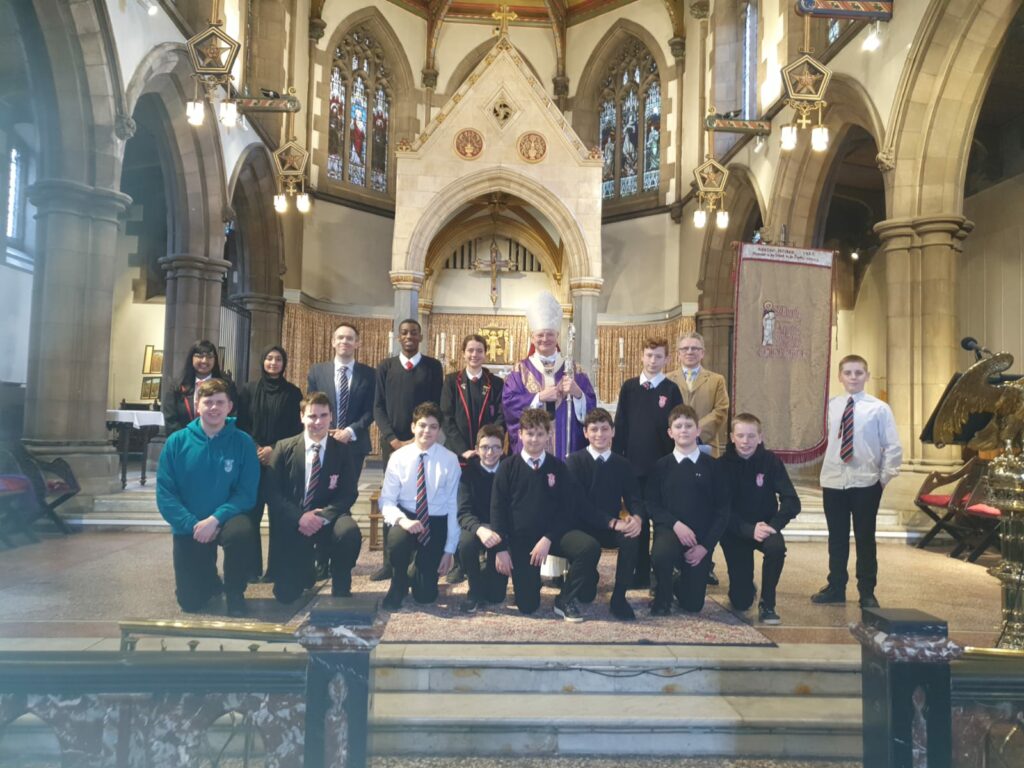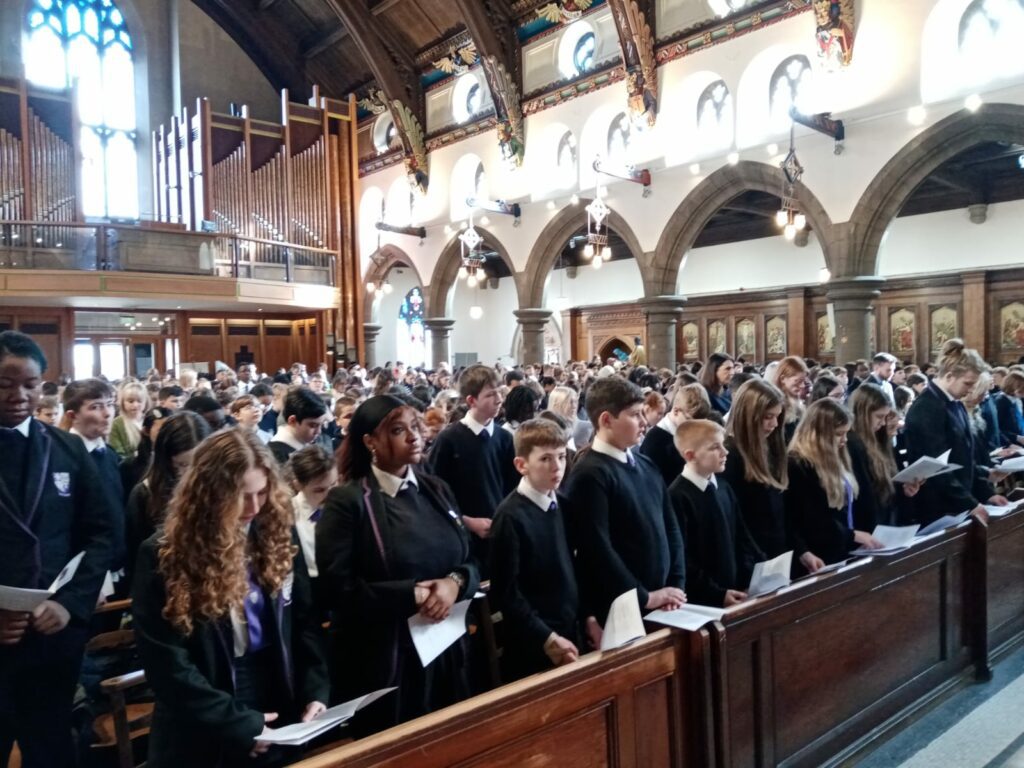Chrism Mass Homily: 'What unites us is Christ'
Here is Archbishop Cushley's Homily from last night's Chrism Mass at St Mary's Cathedral in Edinburgh.
Dear brothers and sisters in Christ,
A very warm welcome to the Chrism Mass in this, the Year of Grace 2023.
There is an unusual old story from the First World War, that a very significant number of soldiers on both sides of the Western Front were for a time reading the same book and, seen through the eyes of the world today, it appears at first glance to be the most unlikely material.
The book was the autobiography of a French Carmelite who had died a few years before and, at only 24 years old, was a young woman when she died.
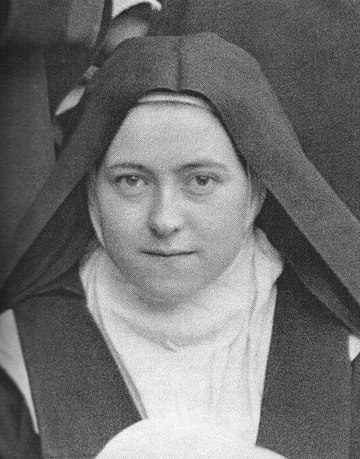
We can all see quickly how much the West has changed, for such a thing is practically unimaginable today. The world is no longer very Eurocentric, or very Christian, or very devout; and yet, in those days, the Carmelite writer in question went on to become an immensely popular figure.
Her name, as many of you will have guessed by now, was Marie-Françoise Thérèse Martin, better known now as St Therese of Lisieux.
For my own part, I have a quiet suspicion that the book I’m talking about, the 'autobiography' that we have from her, was not particularly unique: I suspect that many young Carmelites were asked over the ages to write down a spiritual diary, as an exercise, or a penance, or as a guide to greater self-knowledge and personal growth.
What makes Therese’s journal extraordinary is that it has survived, and that the world at large knows about it.
I also suspect that it was originally something that was never meant to be seen or read by anyone outside her convent, let alone published and translated into dozens of languages before a date that would have been around her 40th birthday, had she lived.
Therese was canonized in 1925 and she was named the 33rd Doctor of the Church by Pope St John Paul II in 1997. Her feast is on 1 October and, as usual, there is a selection of readings in prayers in the Roman rite associated with her day.
She writes with humanity, faith, simplicity and great love for the Lord and for her sisters in religion.
She manages to be both innocent and wise. She is accessible to many readers and yet she is also poetic and profound.
One passage that my fellow priests and I read that day is from the autobiography we’ve been talking about. We must presume that it was chosen to capture in a nutshell something central in her person, her outlook, her vocation, her theology, her appeal – the reason she was raised to the altars.
In the passage, she mentions Paul’s first letter to the Corinthians, and how all the members of the Church are part of one body.
Expanding beautifully on the Apostle’s idea, she illustrates how each of us has a unique role in Christ’s Mystical Body - but how we all need each other too.
We remain individuals, but we give up voluntarily something of ourselves in order to belong to Christ and to each other.
There is a wonderful tension between what we share – the life of grace, our radical equality before God and the offer of redemption in Christ; and what distinguishes us – the complementarity of the services and ministries we give each other: many distinct services, but always bound together in the one love, and in the one Mystical Body of Christ.
We remain individuals, but we give up voluntarily something of ourselves in order to belong to Christ and to each other.
Therese’s insight regarding herself was her desire to be the love in the heart of the Church. It is a striking, simple, pure idea, and it is placed before us as an encouragement to consider our place in the Church as individuals.
The Church is not a business; it’s not an ethnicity; it’s not exclusive; it’s not of any special place or time. On the other hand, the Church is open to all; its message of salvation is for everyone of all ages; and all humanity can find a place here, because all of us together form part of the Mystical Body of Christ.
As individuals, each of us has an equal dignity and worth, but as members of the Body of Christ, we give way to each other in charity. As individuals, each of us is made in God’s image and likeness, but as members of Body of Christ, it is in union with each other in Christ that we are saved.
One example of this in our time is our Holy Father Pope Francis’s intentions for the upcoming Synod, which he tells us principally is about listening to each other: learning, or learning again, to give each other the respect due to each and every one in charity, that is, in communion with Christ and with each other.
And today, when our thoughts turn to the blessing of the oils, and our prayers turn to the ministerial priesthood and the priesthood of the whole People of God, we are reminded of this tension, of the balance between the component parts of the Mystical Body of Christ, and the children of God who make it up.
Let’s all aspire to a greater love of Christ and of each other...one that is worthy of our Saviour who unites us all in His own priesthood on the Cross.
To paraphrase St Paul, some are called to one kind of service, and some are called to another. But what unites us is Christ and our service to each other, and our service to the one Lord, who is over all, through all and within all.
There is one love that binds us all together.
As St Therese puts it, “I saw and realised that […] love is everything, [and] that this same love embraces every time and every place. In one word, that love is everlasting”.
My dear friends, as we continue on our pilgrim way in this life, and as we reflect tonight on the importance of the common priesthood and of the priesthood of particular service to God’s people, let’s all aspire to a greater love of Christ and of each other, one that is real, unalloyed, nourishing, unifying, and one that is worthy of our Saviour who unites us all in His own priesthood on the Cross. Amen

